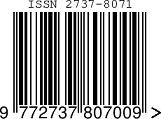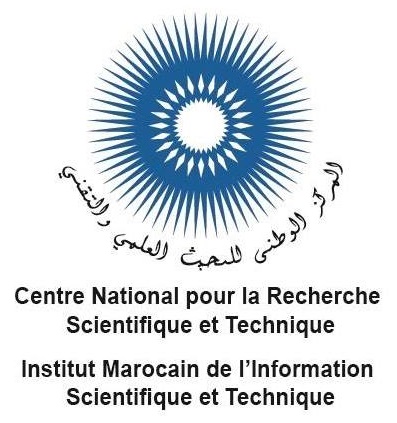
Submissions
Submission Preparation Checklist
As part of the submission process, authors are required to check off their submission's compliance with all of the following items, and submissions may be returned to authors that do not adhere to these guidelines.- The submission has not been previously published, nor is it before another journal for consideration (or an explanation has been provided in Comments to the Editor).
- The submission file is in OpenOffice, Microsoft Word, or RTF document file format.
- Where available, URLs and DOI for the references have been provided.
- The text is single-spaced; uses a 12-point font; employs italics, rather than underlining (except with URL addresses); and all illustrations, figures, and tables are placed within the text at the appropriate points, rather than at the end.
- The text adheres to the stylistic and bibliographic requirements outlined in the Author Guidelines.
Articles
Section default policy
Copyright Notice
COPYRIGHT TRANSFER FORM
The author retains unrestricted copyrights and all publishing rights.
Authors retain copyright of the published papers and grant to the publisher the non-exclusive right to publish the article, to be cited as its original publisher in case of reuse, and to distribute it in all forms and media.
Authors can deposit all versions of their paper in an institutional or subject repository.
- Preprint
- Author’s Accepted Manuscript
- Published article (Version of Record)
The Journal allows Author(s) to deposit all versions of their paper in an institutional repository and non-commercial subject-based repositories, such as PubMed Central, Europe PMC, arXiv and other repositories, or to publish it on Author's personal website and departmental website (including social networking sites, such as ResearchGate, Academia.edu, etc.).
Privacy Statement
The names and email addresses entered in this journal site will be used exclusively for the stated purposes of this journal and will not be made available for any other purpose or to any other party.













